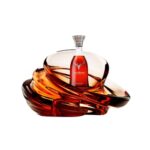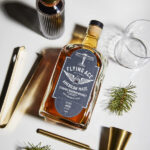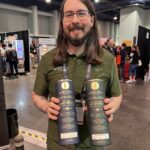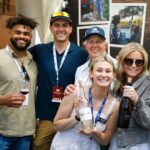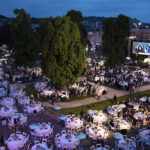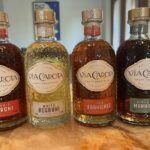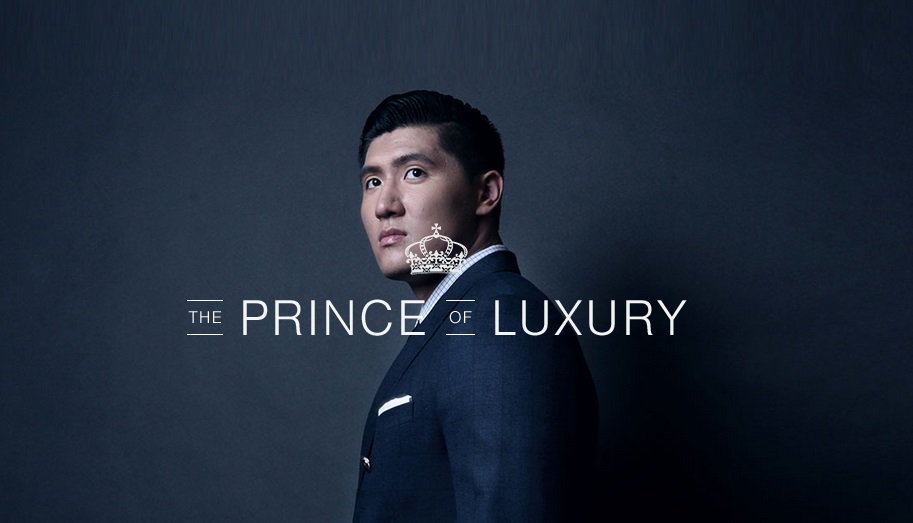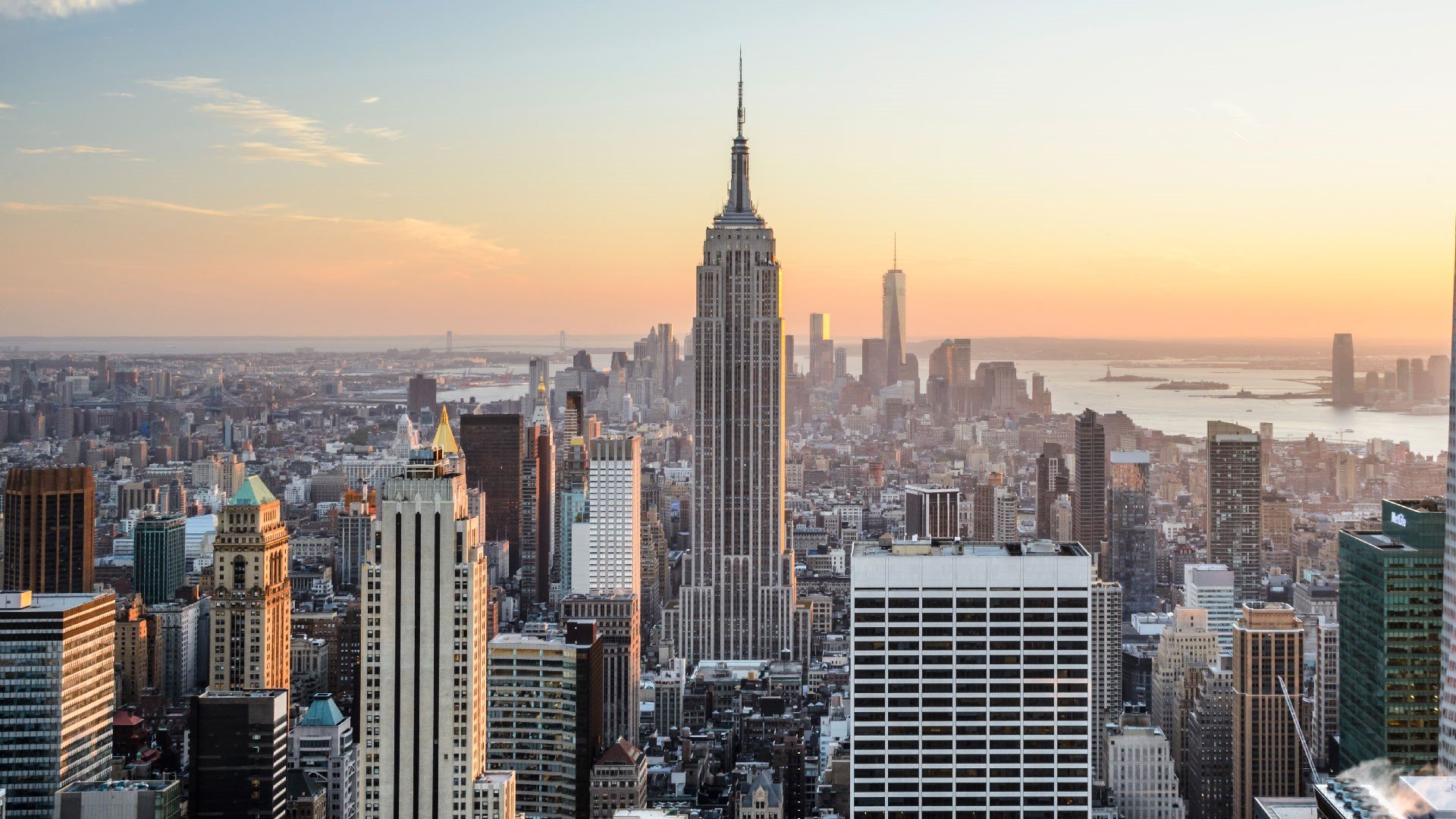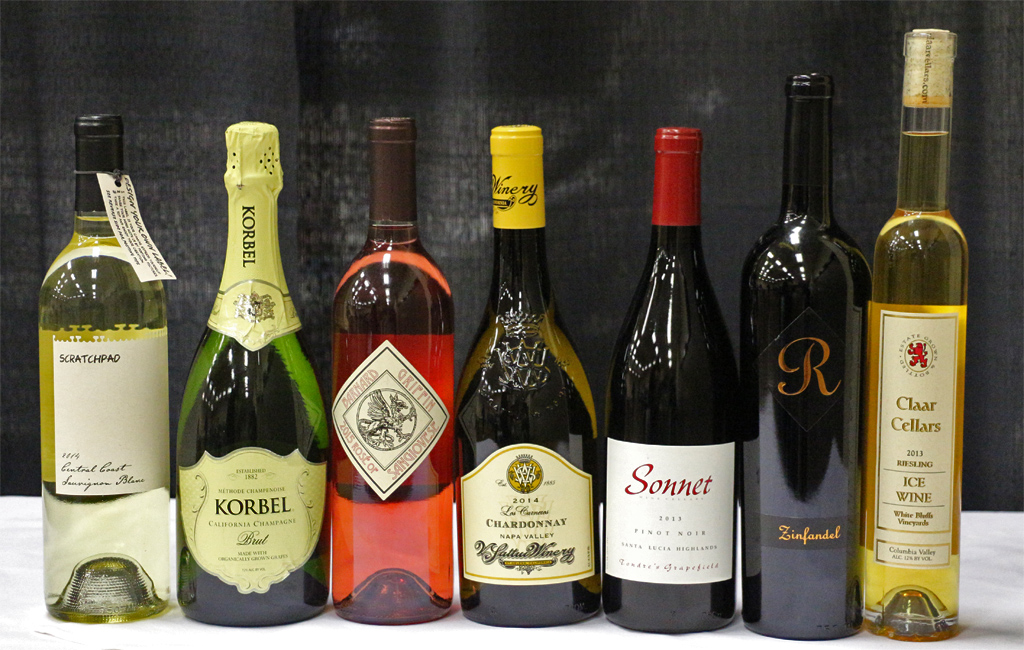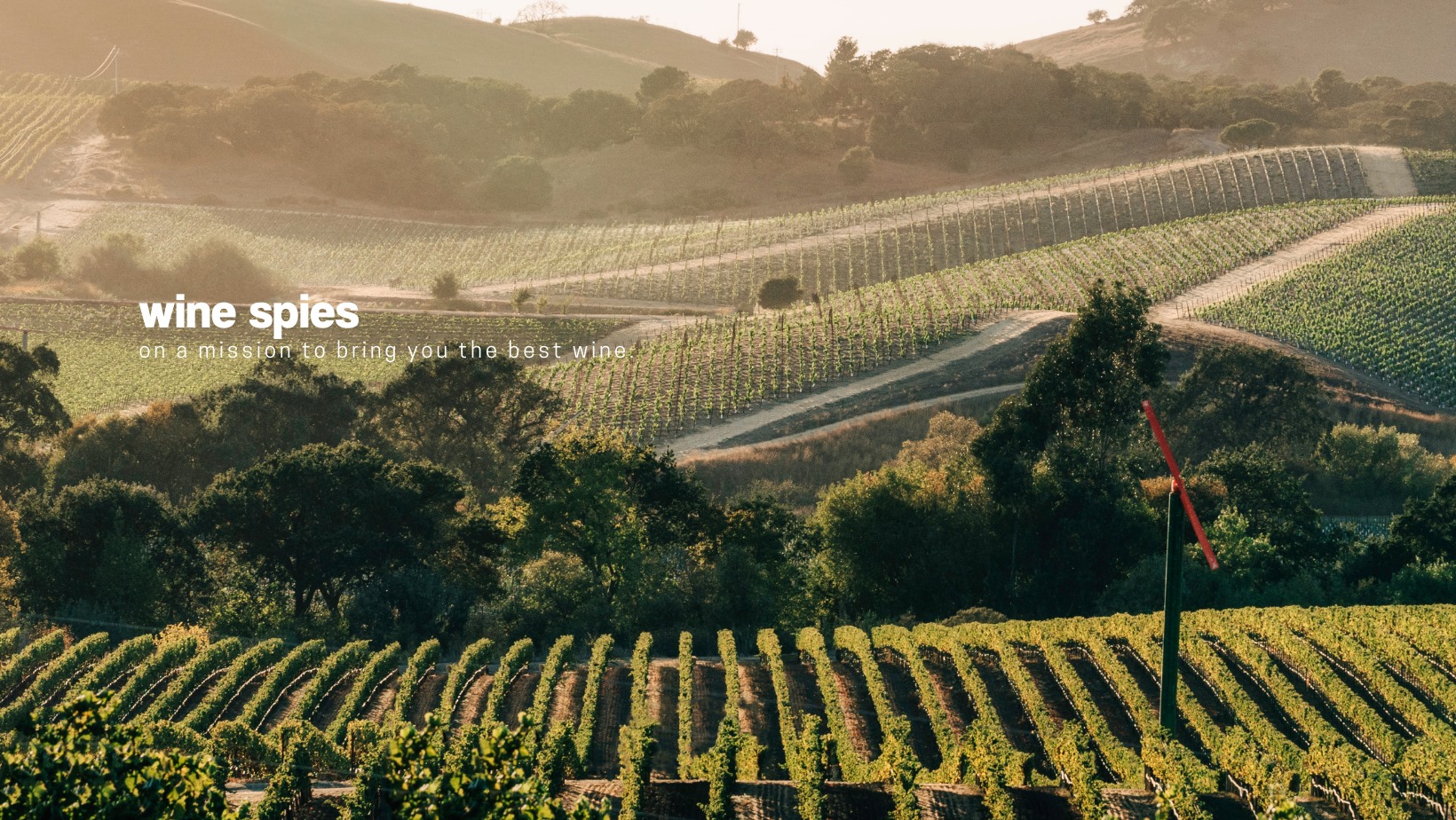
Sippd Launches Premium At-Home Wine Tasting Bundle
WASHINGTON (PRWEB) – Sippd, the wine recommender that uses artificial intelligence to provide users with personalized scores, has released an at-home wine tasting bundle offering app users a premium wine experience delivered to their door. Sippd’s Wine Tasting Kit encourages users to learn about wine by drinking it, while giving beginner drinkers a place to start…
